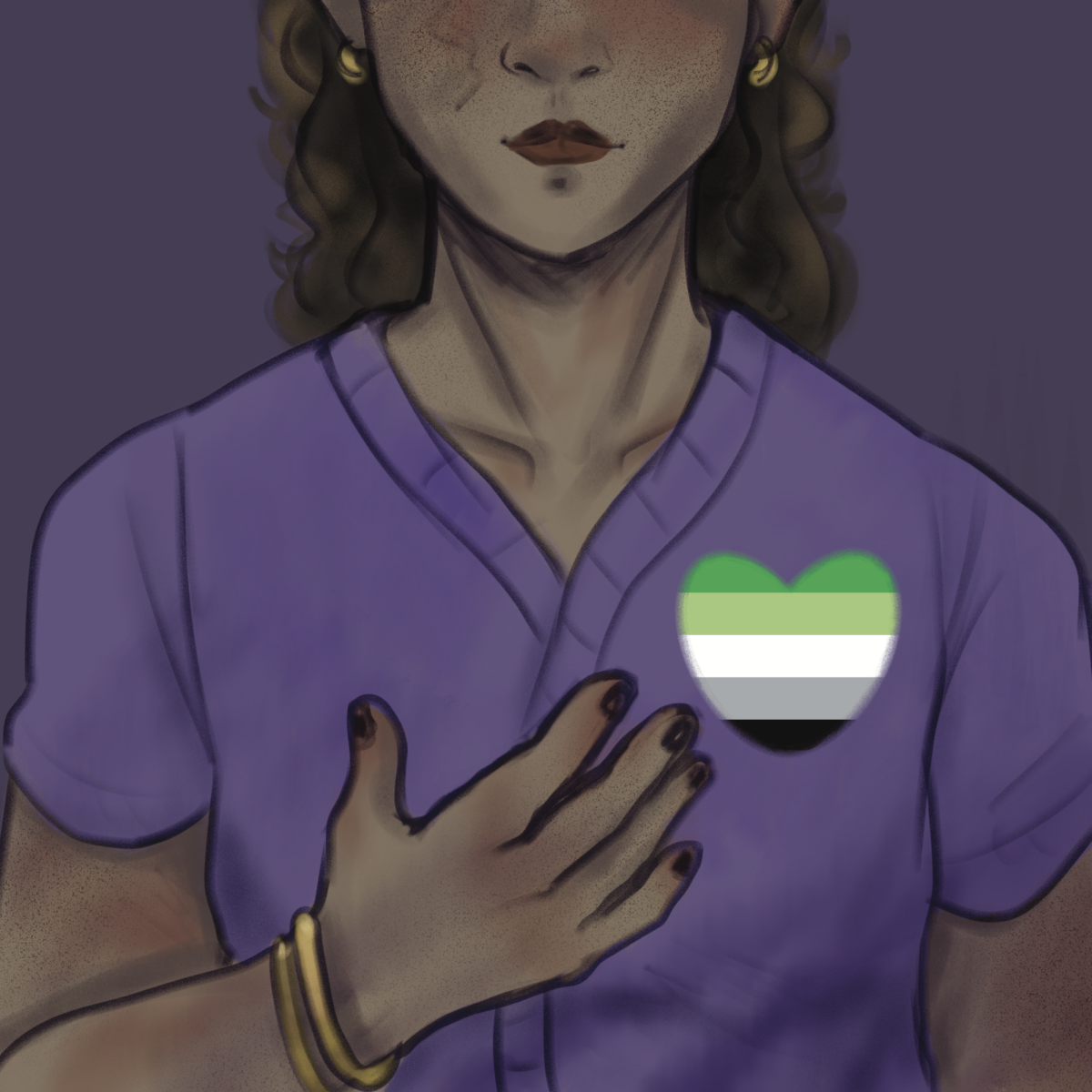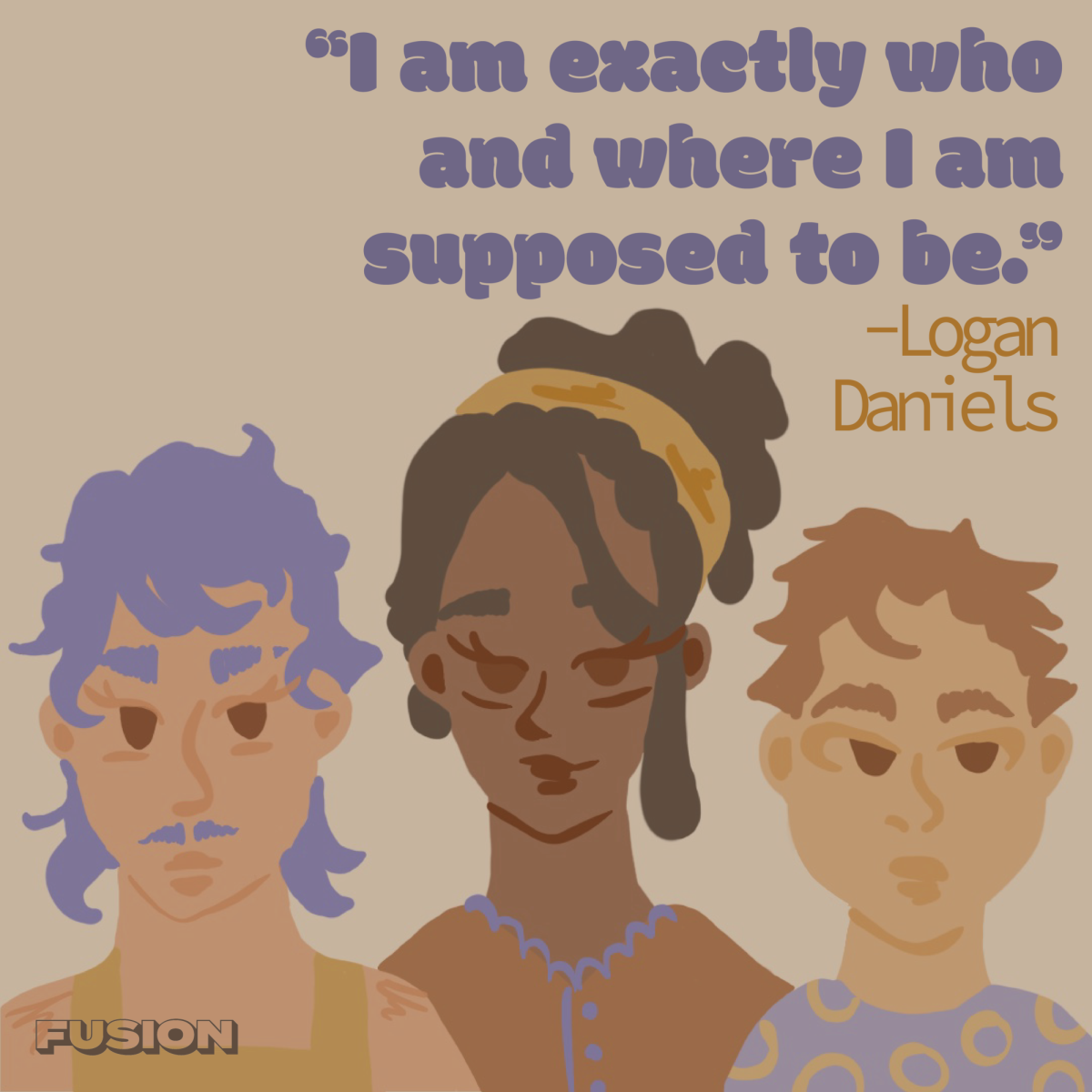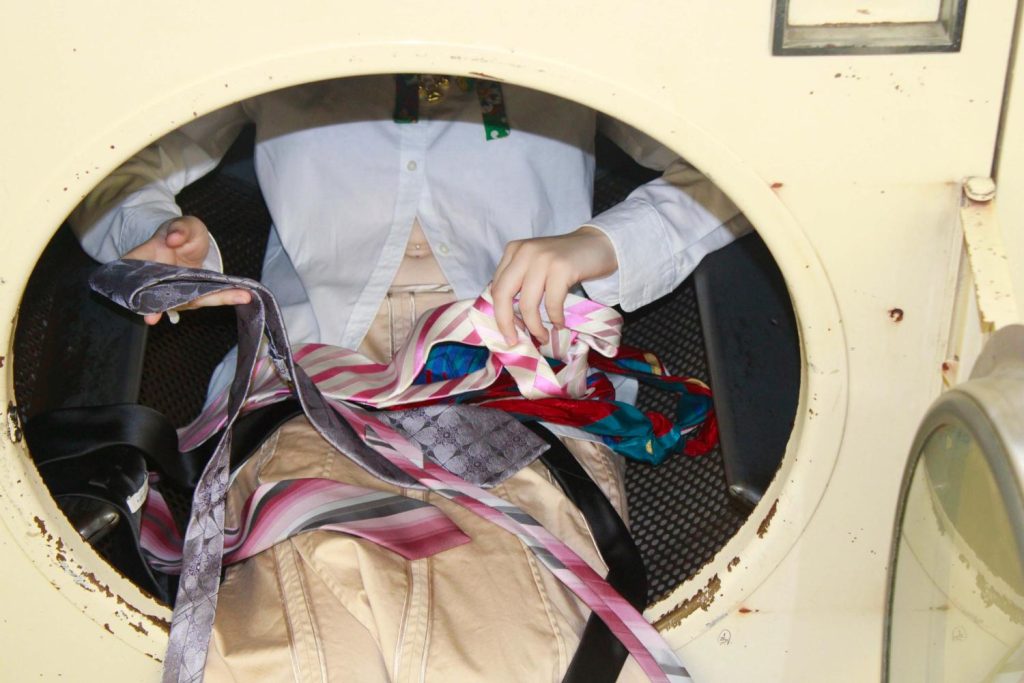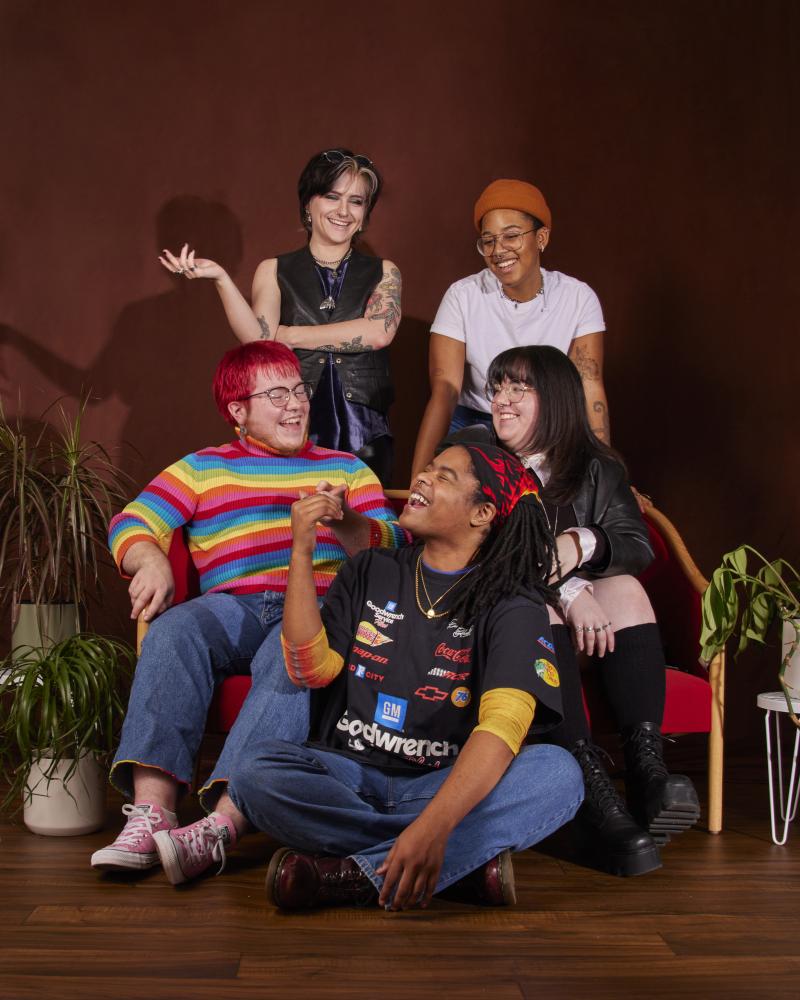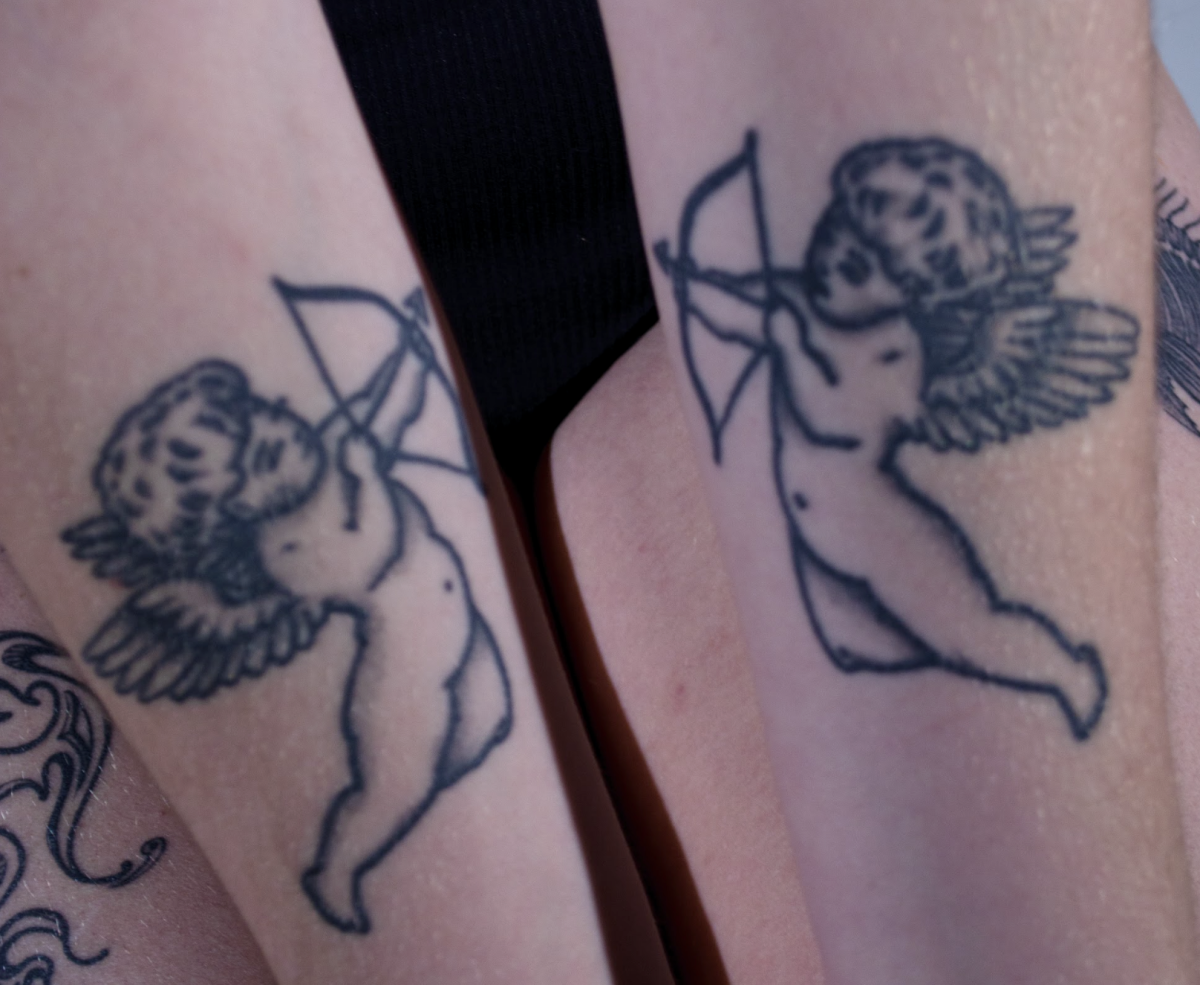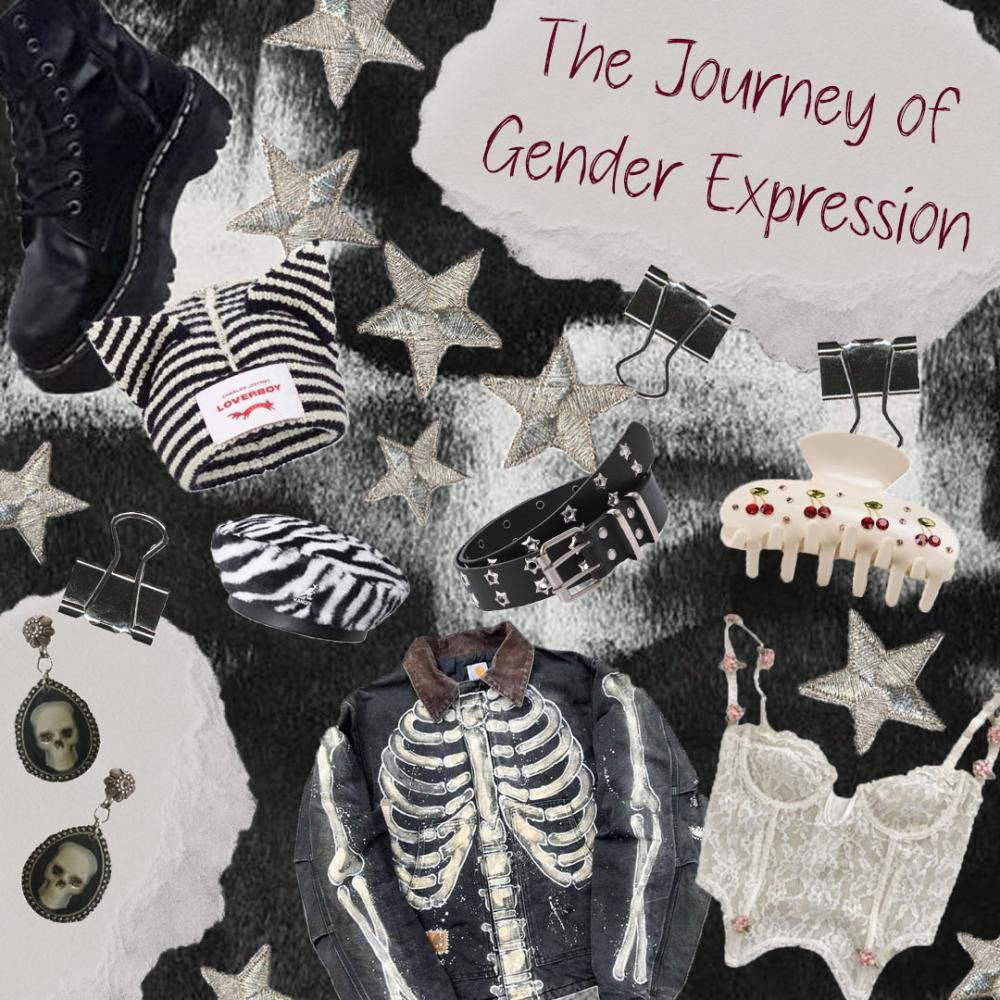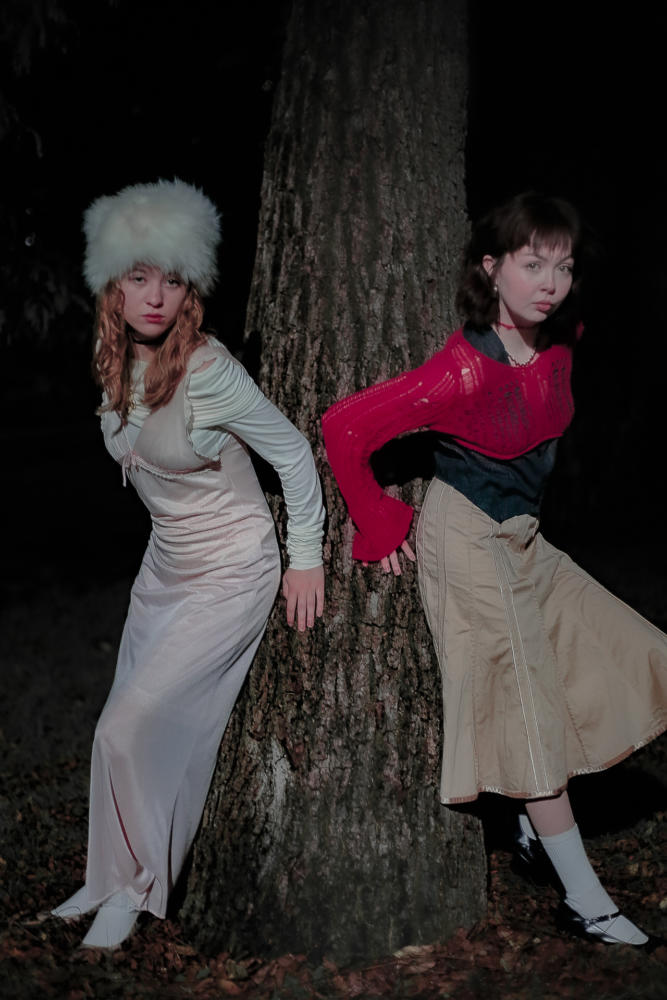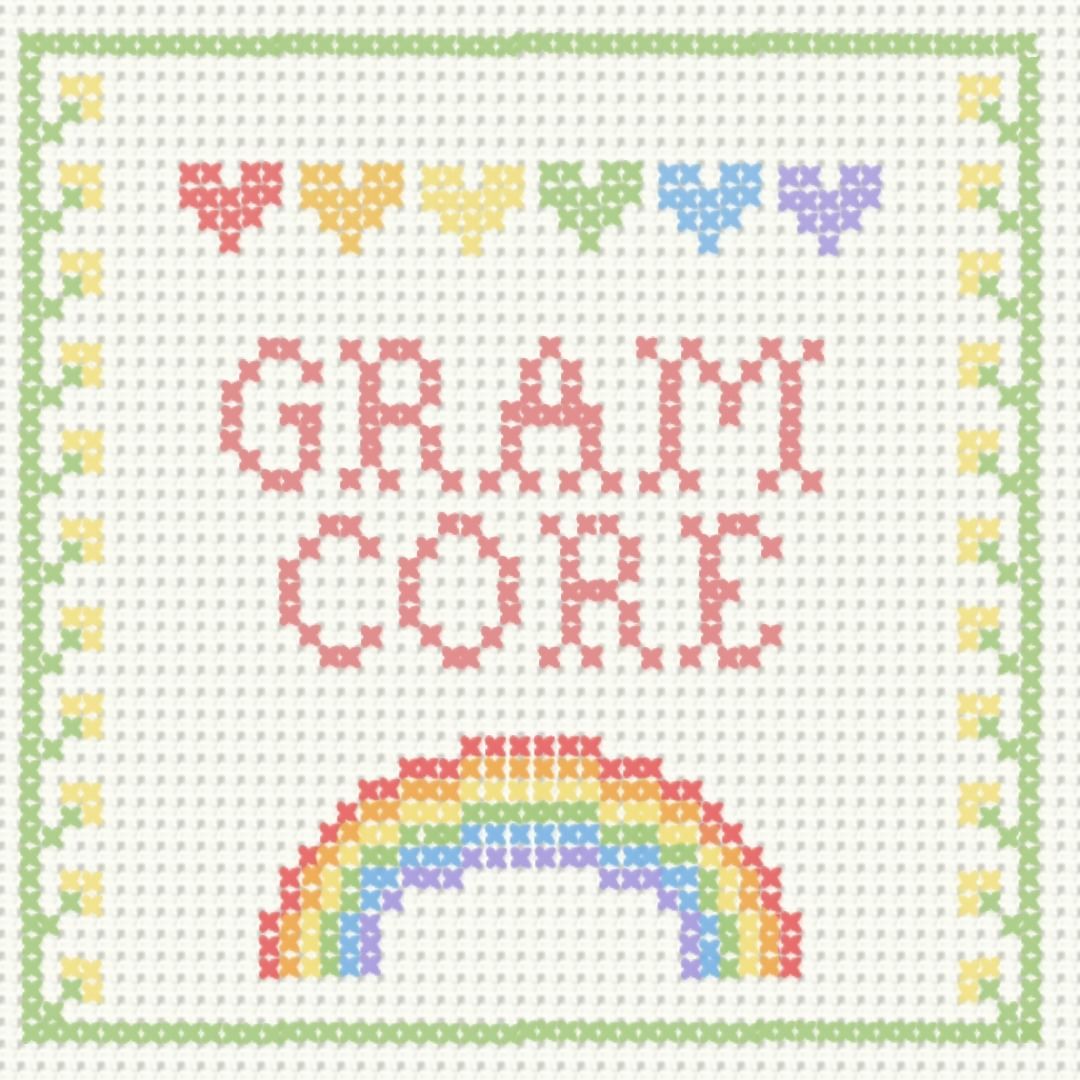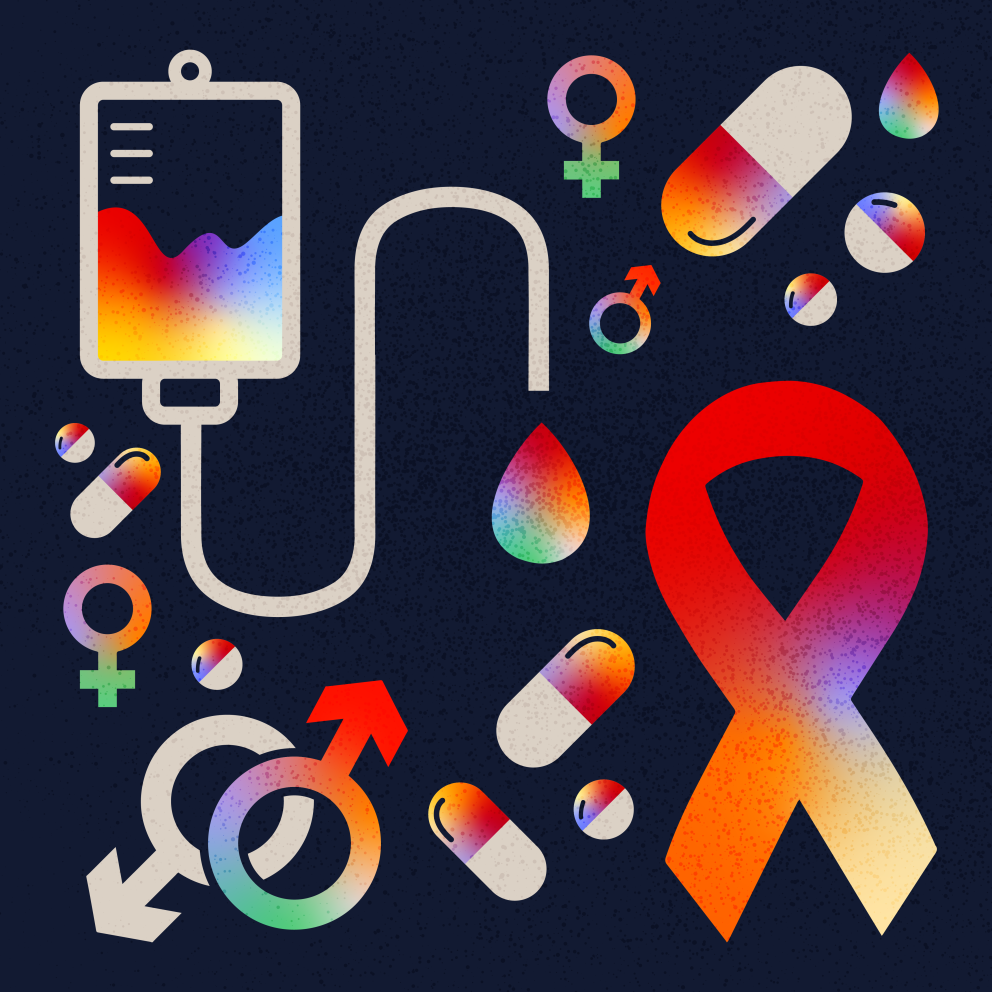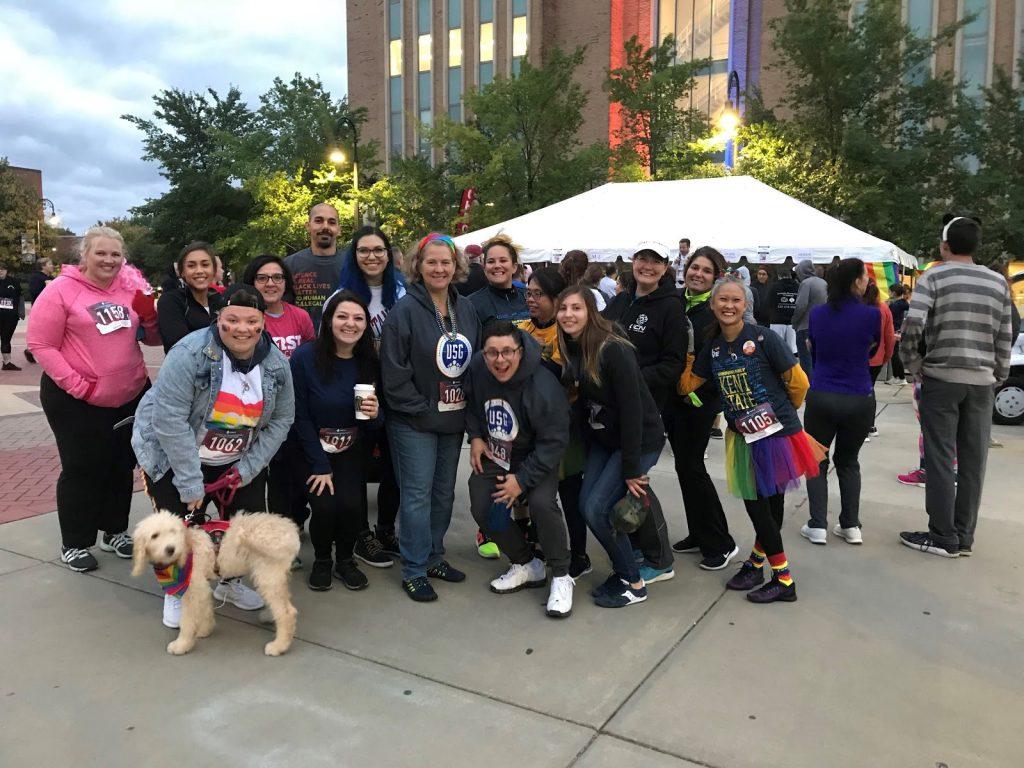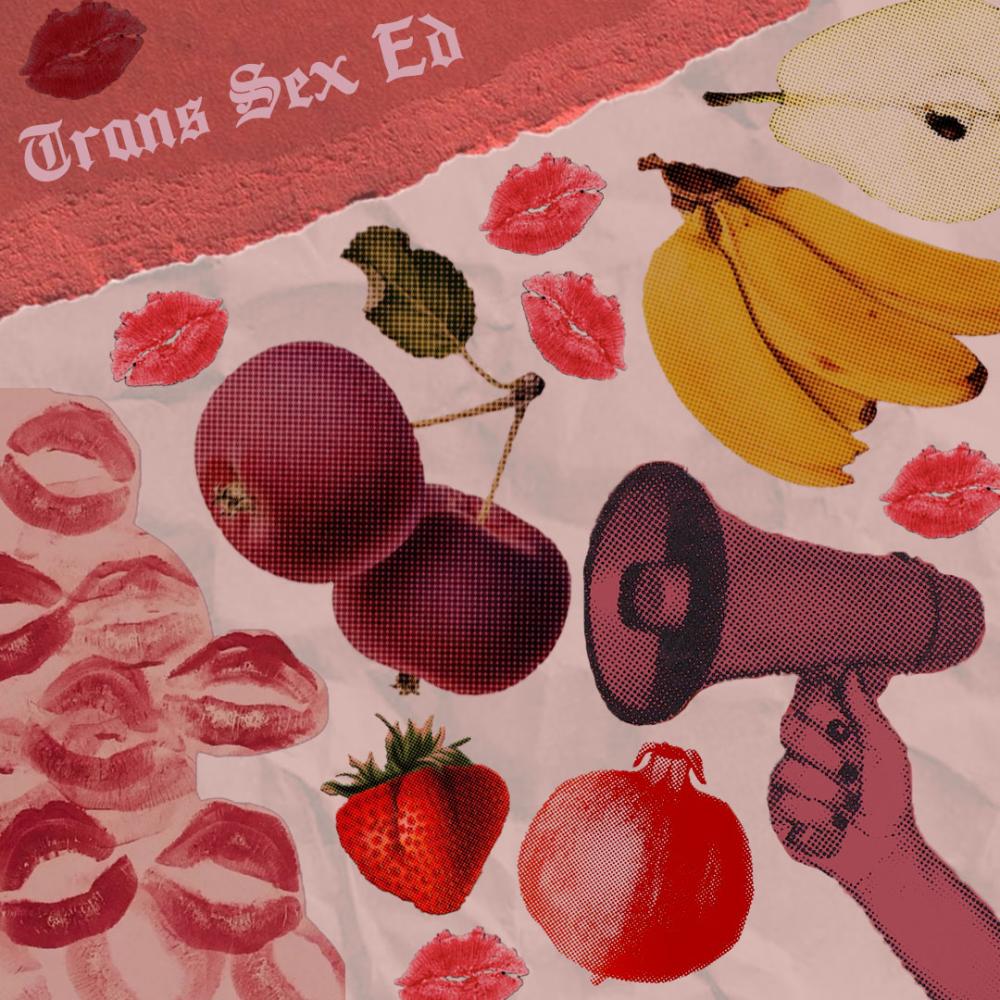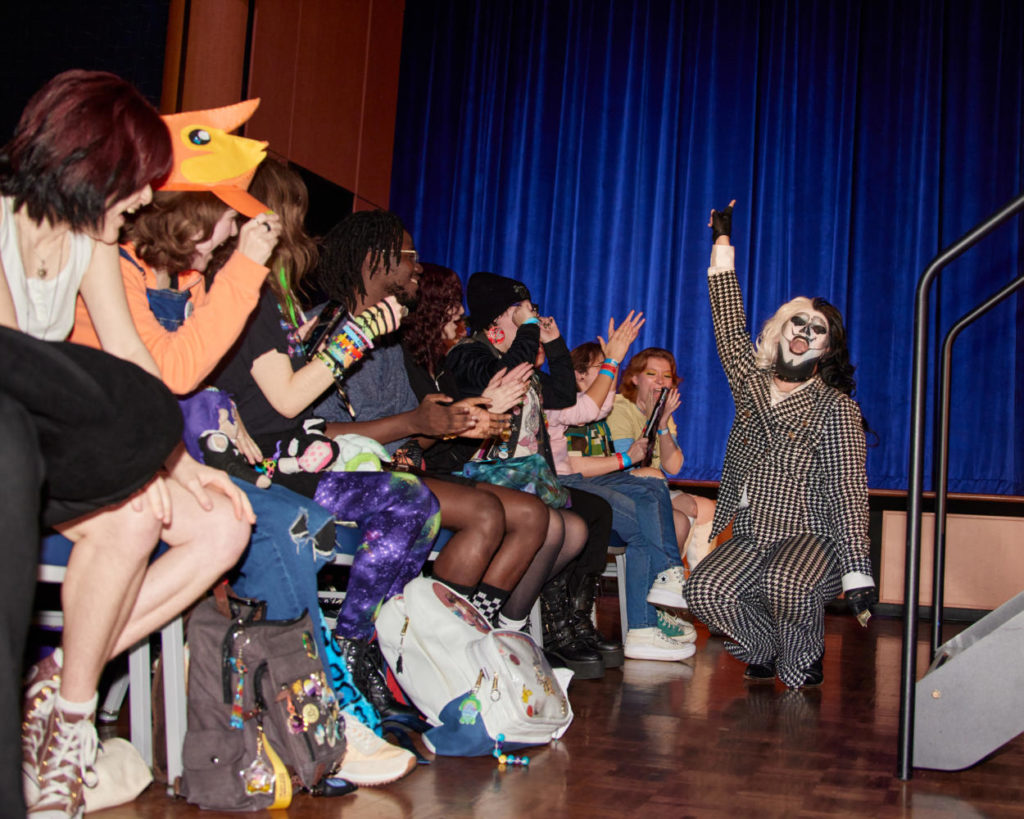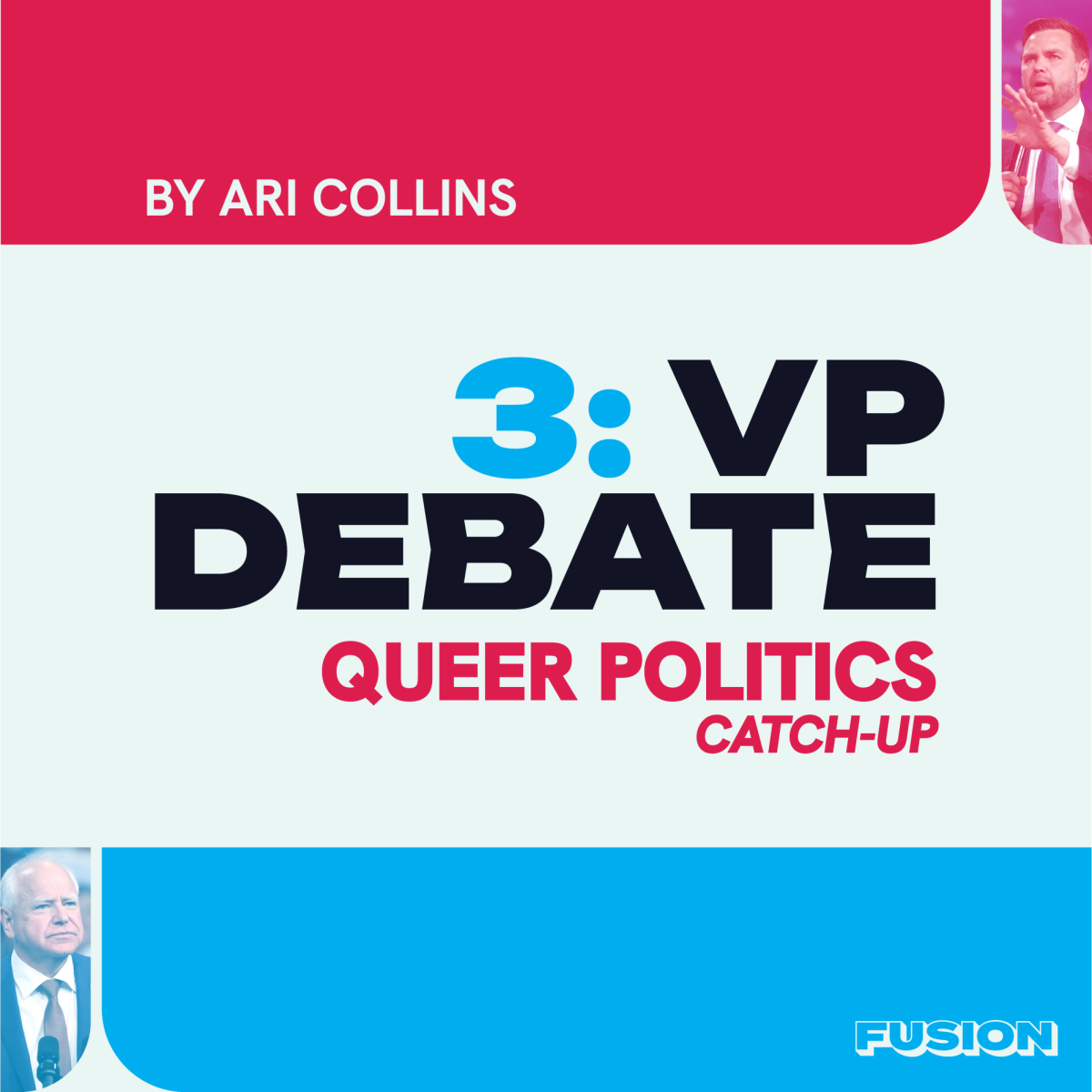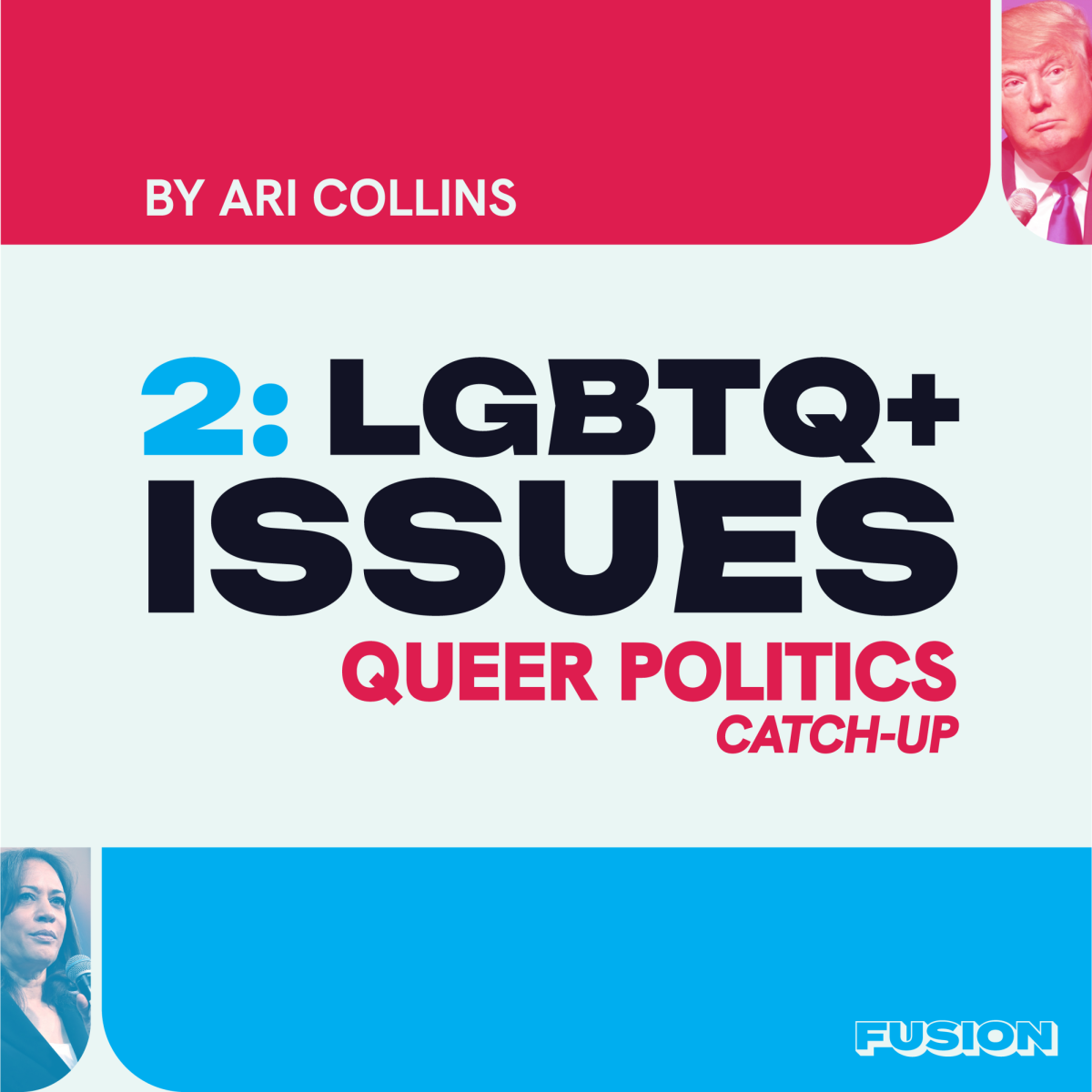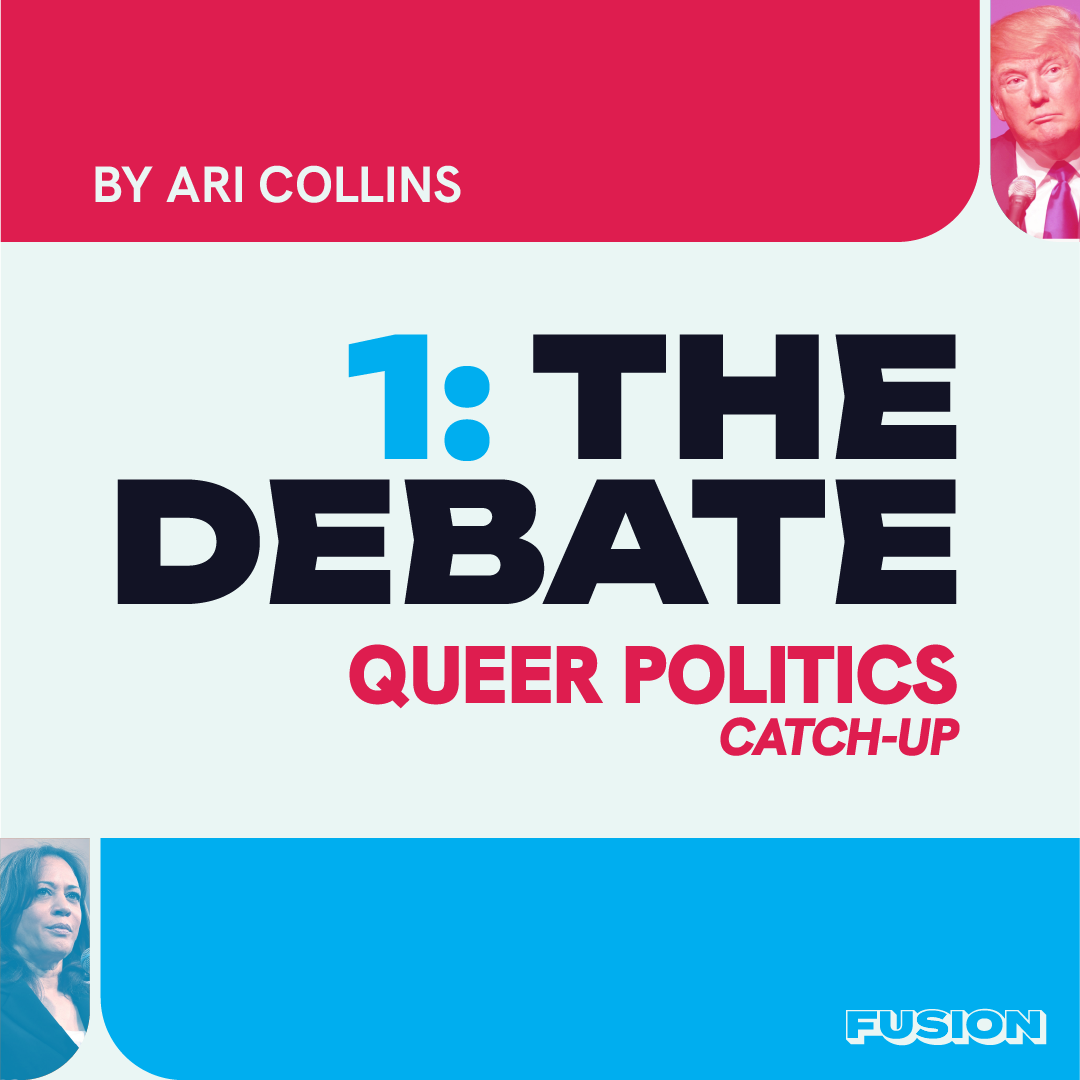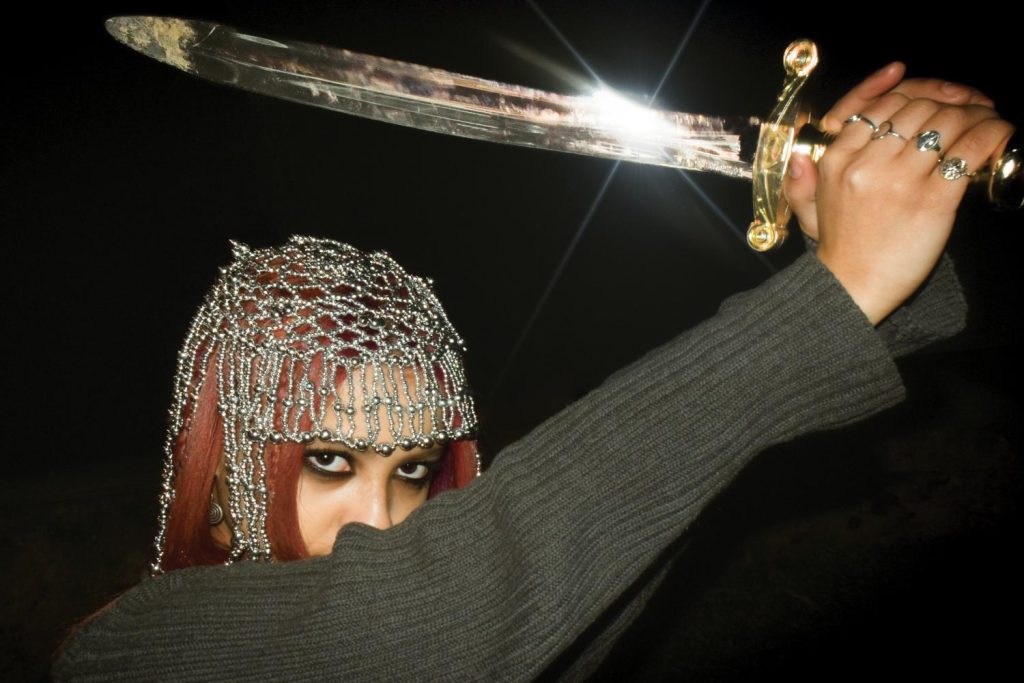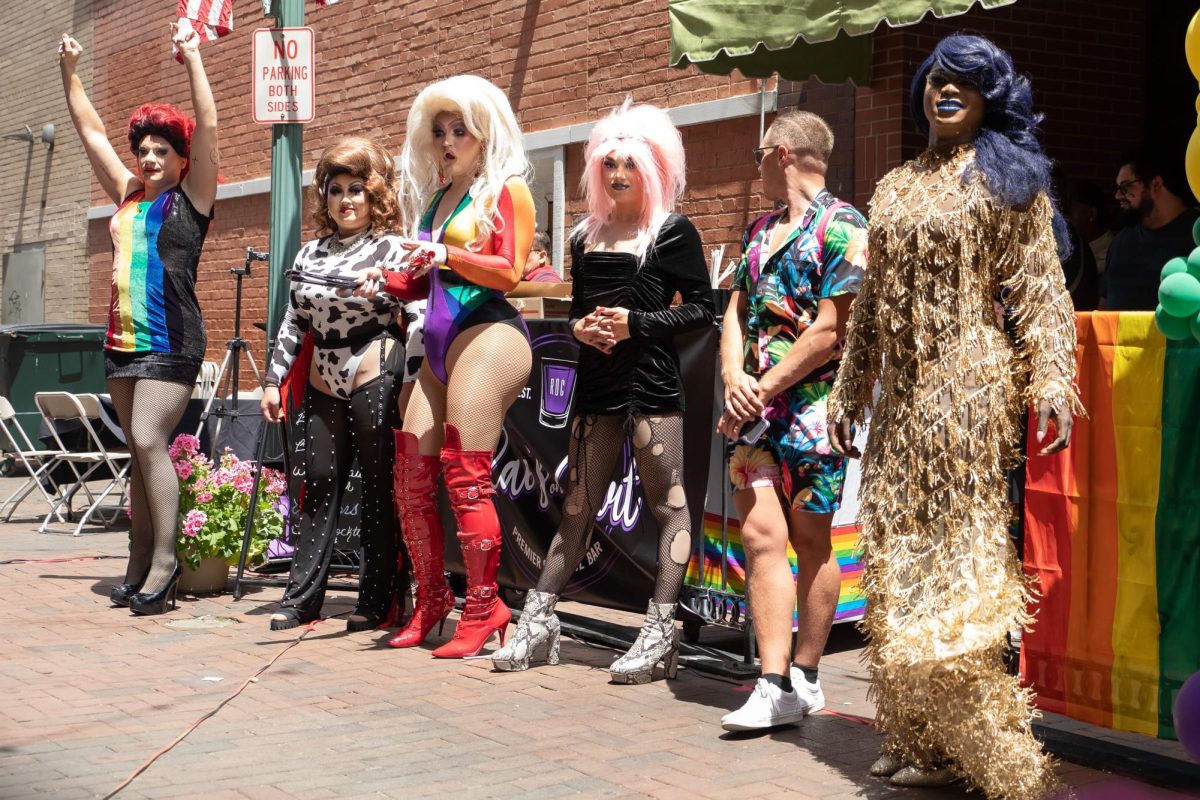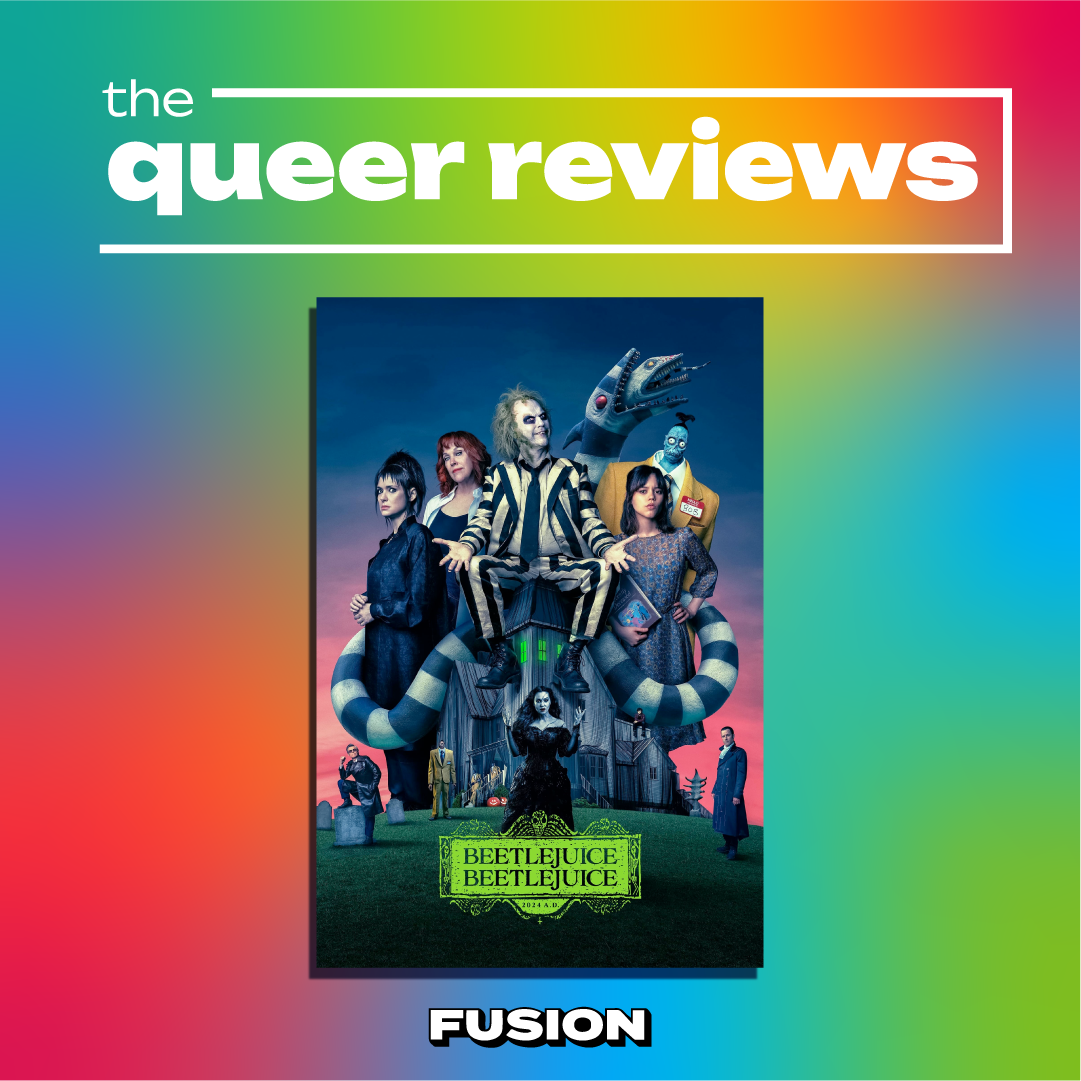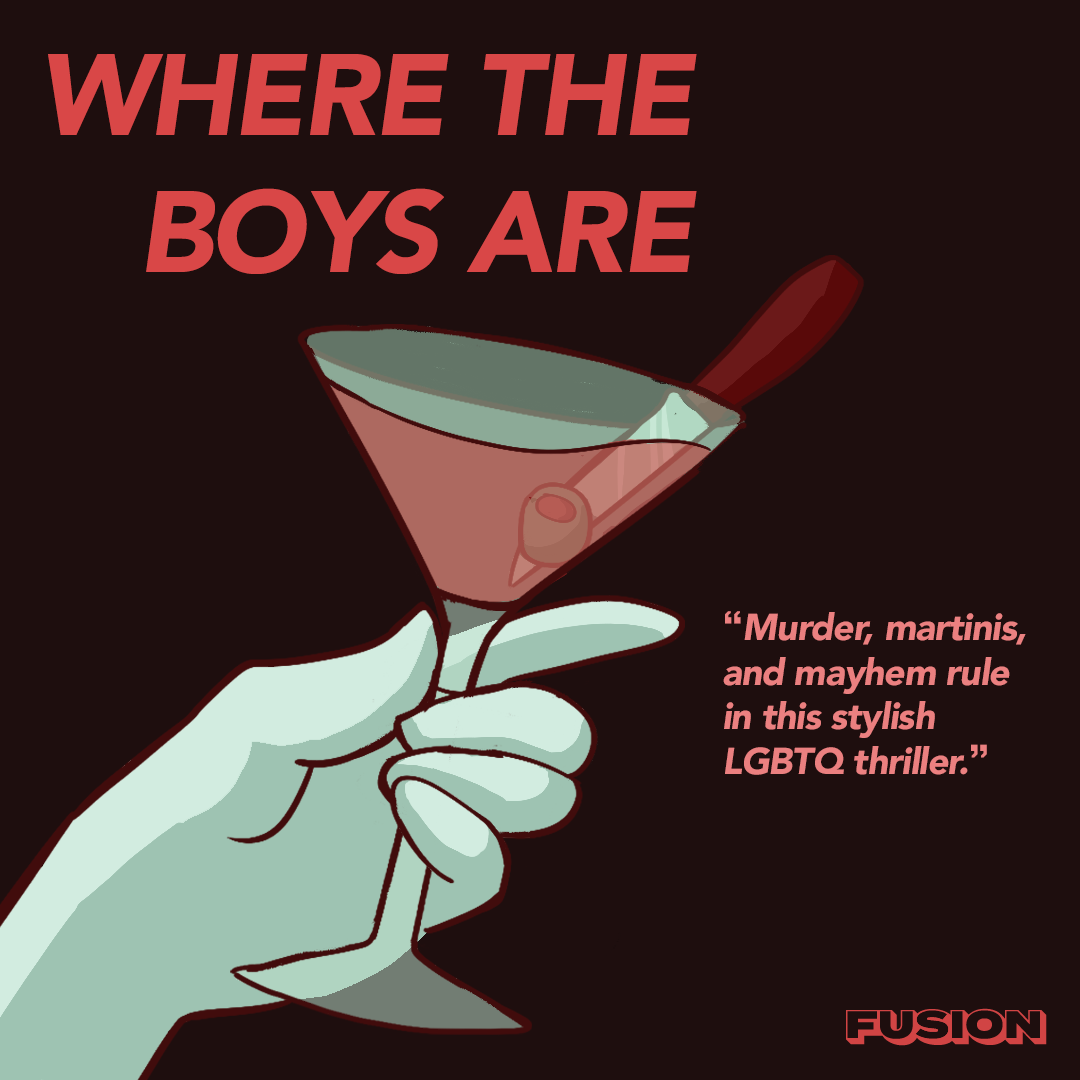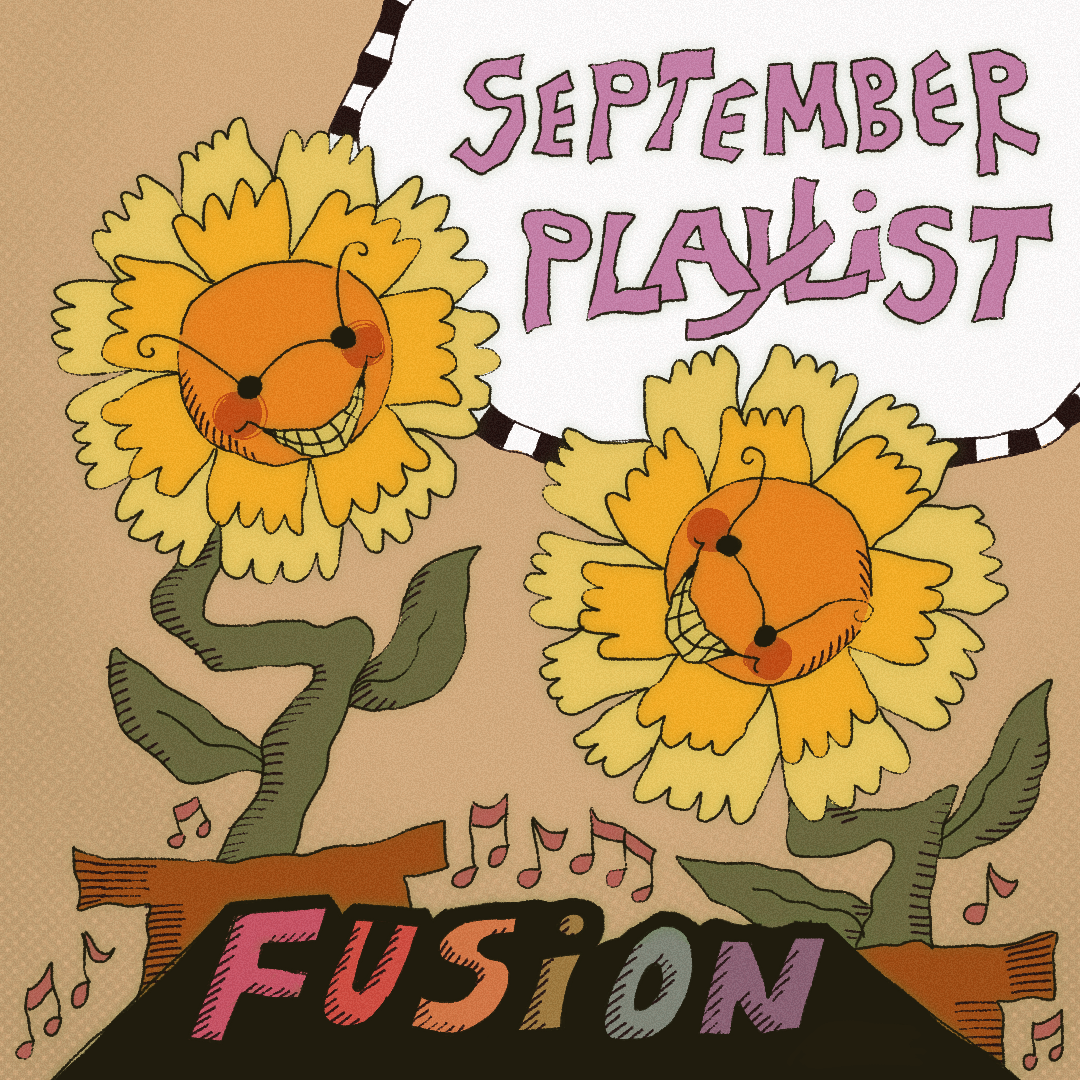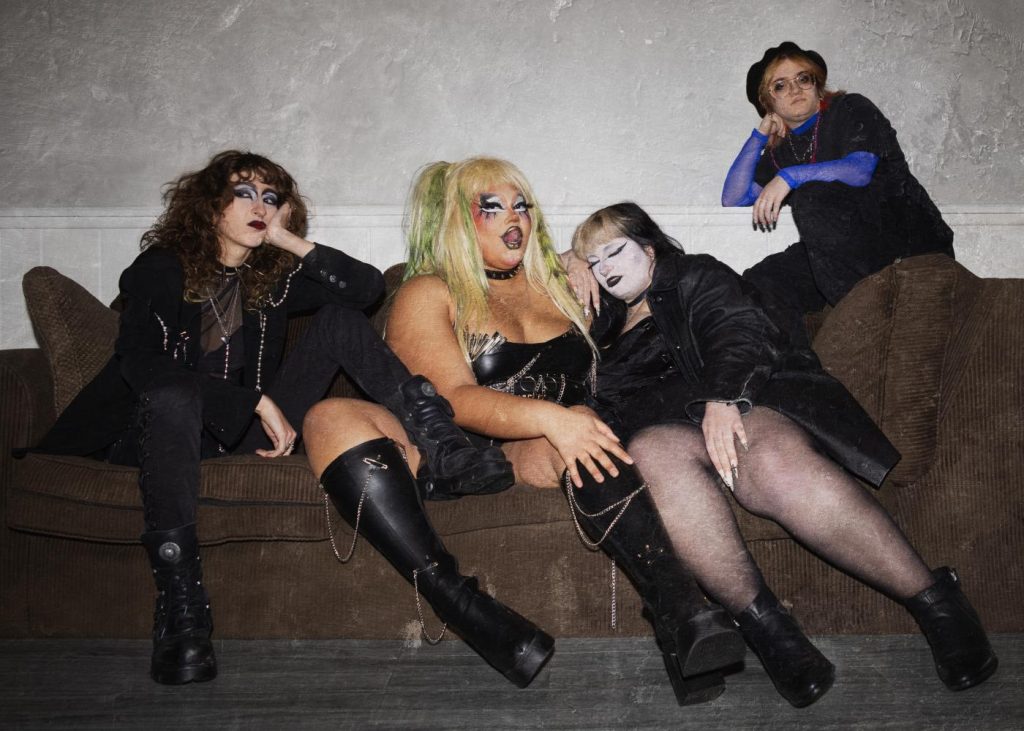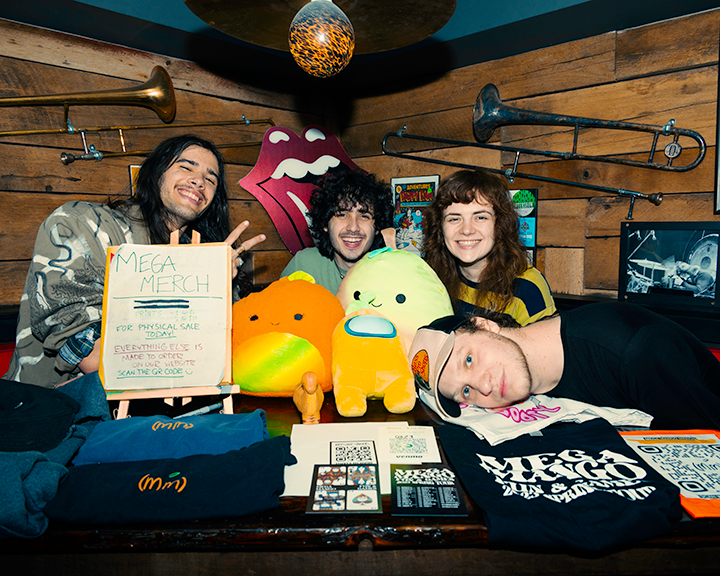Queer athletes were a centerpiece of coverage for the 2022 Beijing Winter Olympics. Articles were published in major media outlets such as NBC News, Them and the Washington Post in the weeks leading up to the games, and major queer organizations such as the Human Rights Campaign celebrated the “courage and strength” of queer Olympians. Queerness on such a prominent stage is undoubtedly important and can help queer athletes feel represented. However, there is a gap between reporting on queer Olympians and queer Paralympians.
Queer Paralympians have been a prominent part of the games in the past. Outsports reports that in the 2016 Rio de Janeiro Summer Paralympics, there were at least 12 out queer athletes from five countries and ten received medals. In the 2020 Tokyo Summer Paralympics, which were held in 2021, Outsports documented that the number of queer athletes competing had tripled since Rio. There were at least 36 openly queer athletes at these games from ten different countries, including three openly trans and nonbinary athletes from two different countries.
There was only one openly queer athlete at the 2018 Winter Paralympics in PyeongChang: Cindy Ouellet, a Canadian cross-country skier and basketball player who also competed in the 2008, 2012 and 2016 Summer Paralympics. According to Outsports, Ouellet has nerve damage from chemotherapy treatment for bone cancer in her hip during her childhood. However, the trend demonstrated with the Summer Paralympics shows that the number should increase, as do societal demographic shifts. For example, a 2021 Gallup poll demonstrates that “more Americans are identifying as LGBTQ than ever before” because of increased acceptance.
However, none of the media outlets that wrote about queer athletes in the 2022 Winter Olympics or queer athletes in past Paralympics have published anything about queer Paralympians in this year’s games. Even GLAAD’s “Covering LGBTQ Athletes at the 2022 Beijing Winter Olympics and Paralympics” guide, which includes a section on “Prominent LGBTQ Athletes to Watch,” does not include any current Paralympians—even though the Canadian Broadcasting Corporation (CBC) reports that Ouellet is competing again this year in cross-country skiing. Notably, the article does not mention her queerness.
So why are queer athletes from the 2022 Winter Paralympics sidelined in a way that queer athletes from the Olympics were not? While no concrete conclusion can be drawn, there are three possibilities.
First, the Paralympics receive significantly less coverage. According to the Acronym, nearly five million tickets were sold for the 2020 Tokyo Summer Olympics whereas less than one million were sold for the Paralympics. NBC provided 70 hours of coverage for the Paralympics between streaming and broadcasting, while the Olympics had over 260 hours. The 2022 Paralympics were the first to receive prime-time coverage. The lack of coverage has led to a significant decrease in the general public’s knowledge about the Paralympics—according to a survey conducted during the 2016 Rio Olympics, only 50% of respondents knew about the Paralympic Games.
These issues feed into each other. Less reporting leads to less knowledge about the Paralympics, and less knowledge leads to less interest, meaning that there will continue to be less reporting because a lack of interest makes coverage unprofitable. As a result, there is less room in the coverage that does exist to discuss the queerness of Paralympians.
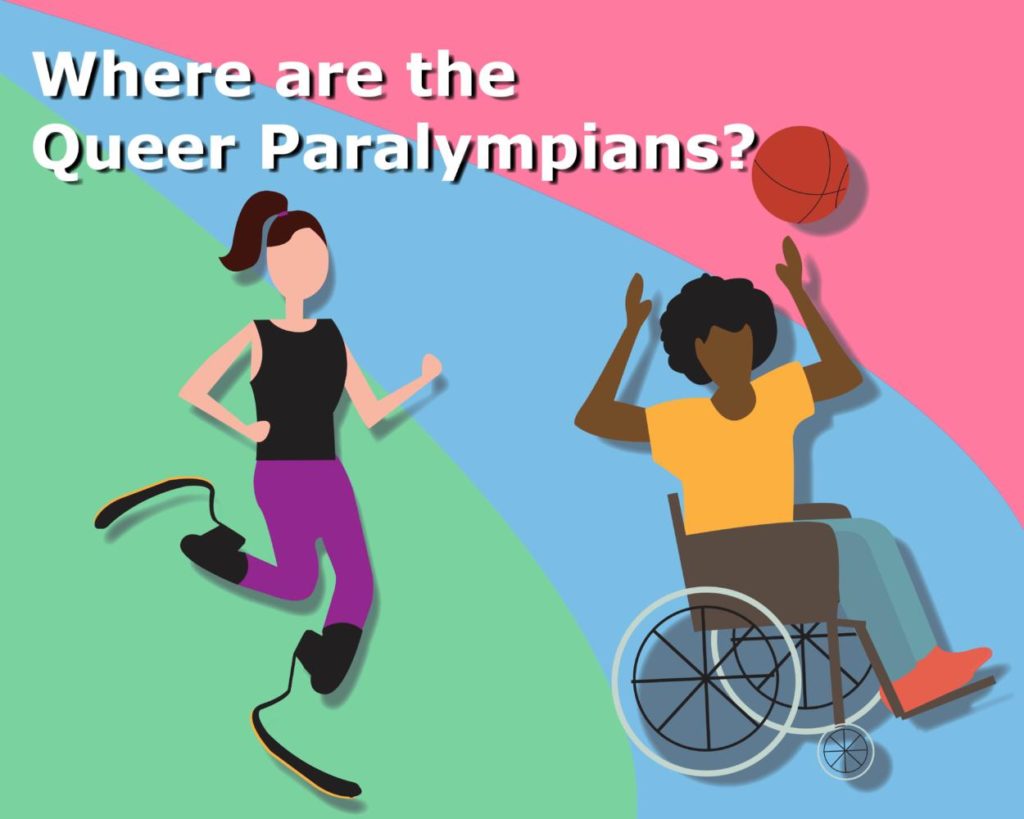
Secondly, disabled Paralympians are seen and treated as an unfamiliar “other.” The othering of disabled Paralympians emerges in the coverage that does exist, which tends to circumvent disability at all costs. This has been demonstrated by Erin Pearson and Laura Misener of Western University, whose research shows that much of Paralympic coverage relies on “athlete first” sentiments, supercrip narratives, and inspiration porn.
“Athlete first” sentiments tend to downplay disability, focusing on the athletic accomplishments of disabled athletes to demonstrate that they are just as skilled as their non-disabled counterparts without overtly addressing their disabilities. The supercrip narrative frames disability as a problem that Paralympians overcame to compete in the Paralympics. Sometimes supercrip coverage implies that Paralympians succeed because of adaptive technologies such as running blades instead of their own talent. Supercrip narratives and inspiration porn are similar and often overlap. Inspiration porn presents disabled people or their accomplishments as inspiring to non-disabled people, which is objectifying. The “inspiring” act is often overcoming a disability to compete in athletics, raising the connection to the supercrip narrative.
Pearson and Misener conclude that these three tropes of coverage are all ableist, and all contribute to othering disabled athletes further by turning them into stereotypes that lessen their humanity and distance them further from equal coverage and respect.
There is also less room in these tropes for intersectionality. Such a focus on disability, even when that focus is attempting to deny disability, overshadows other parts of the Paralympian’s identity, meaning that queer Paralympians are not presented as queer—as happened with CBC’s coverage of Ouellet.
Finally, disabled people tend to be desexualized. As disabled writer and activist s.e. smith writes, “there’s a common social attitude that disabled people are not sexual — that something about disability strips people of their sex drive, and that, moreover, disability makes people inherently sexually unappealing, so it’s not like they could find partners even if they wanted them.”
This belief leads to problematic attitudes, such as ignoring disabled people’s experiences of sexual assault and harassment, believing disabled people don’t experience sexual and romantic attraction because they are disabled, excluding disabled people from sex education and interrogating disabled people about their sex lives. Additionally, when disabled people are open about sexuality, non-disabled people tend to be surprised and uncomfortable.
Smith links that shock and discomfort to “the general desire to dehumanize disabled people,” describing, “if we can be rendered sexless, neutered, inert, and nonthreatening, it can be made clear that here lies yet another difference between ‘us’ and ‘them,’ another reminder that we are not quite fully human.”
Queerness often has the opposite problem: sexualization. While queerness is much more than sexual orientation and sexuality, the two are often seen as related. Additionally, according to the Southern Poverty Law Center, queer people have long been hypersexualized, mostly in attempts to fuel queerphobia, perpetuating the connection. As a result, queer disabled people’s queer identities may be overlooked.
Each of these reasons could overlap. There also may be other factors at play—for example, the gap in representation at the Summer versus Winter Paralympics may mean that Winter Paralympic sports may have more queerphobic cultures, or have been hosted in countries where athletes did not feel safe to come out. Regardless, queer Paralympians deserve a greater voice in the conversation.

